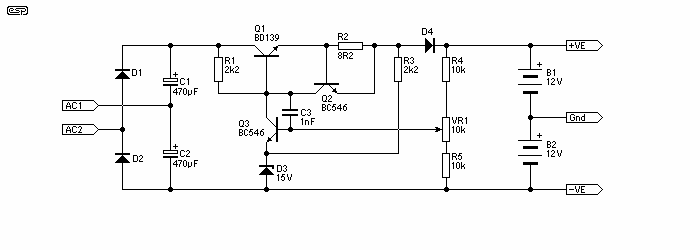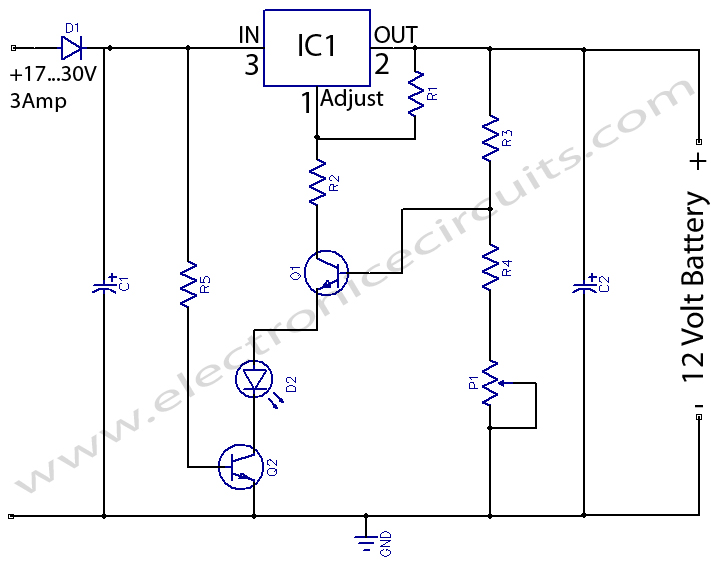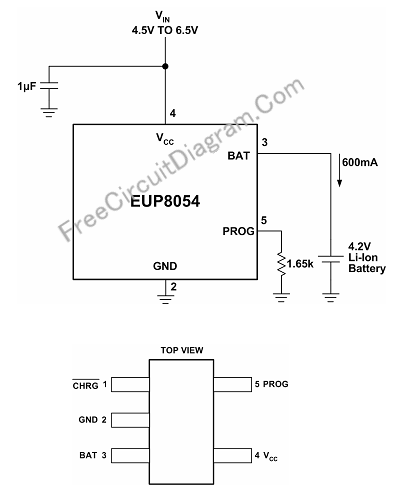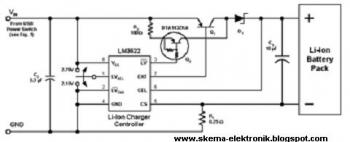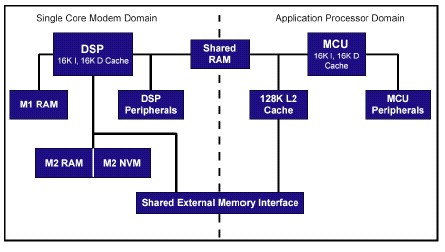
make yourself a d c mobile charger
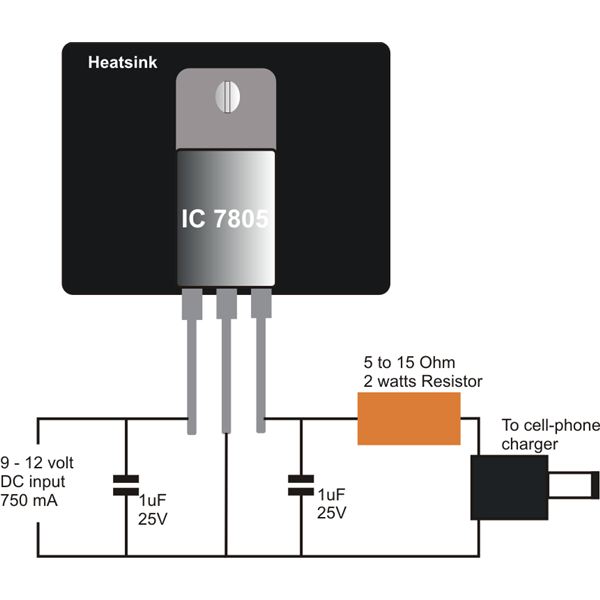
Construct a straightforward DC to DC mobile battery charger to charge your mobile phone battery at any time and location by connecting it to a 12-volt source from a car or motorbike battery.
This mobile battery charger circuit is designed to convert a 12V DC input from a vehicle battery into a suitable voltage for charging mobile devices. The core of the circuit typically consists of a voltage regulator, such as the LM7805, which steps down the 12V input to a stable 5V output, ideal for most mobile phone batteries.
The circuit begins with a fuse connected in series to the 12V input to protect against overcurrent. Following the fuse, a capacitor is placed to filter out any voltage spikes and provide a smoother input to the voltage regulator. The LM7805 voltage regulator is then connected, with its input pin receiving the filtered 12V, while the output pin provides a regulated 5V output.
To ensure stability and transient response, additional capacitors are placed at the output side of the regulator. These capacitors help to maintain the output voltage during load changes and improve the overall performance of the circuit.
A diode may also be included at the output to prevent reverse current flow, which could potentially damage the mobile device being charged. The output can be connected to a USB port, allowing for easy connection to various mobile devices.
For enhanced functionality, an LED indicator can be incorporated into the circuit to indicate when the charger is active. This can be connected in parallel with the output, with an appropriate resistor to limit current through the LED.
This simple yet effective design provides a reliable solution for mobile phone charging on the go, utilizing readily available components and requiring minimal assembly skills. The circuit's compact size allows it to be easily integrated into various portable applications, making it a versatile tool for mobile device users.Make yourself this simple dc to dc mobile battery charger and charge your mobile phone battery whenever and wherever you want, simply by connecting it to a 12 volt source from your car or motorbike battery.. 🔗 External reference
This mobile battery charger circuit is designed to convert a 12V DC input from a vehicle battery into a suitable voltage for charging mobile devices. The core of the circuit typically consists of a voltage regulator, such as the LM7805, which steps down the 12V input to a stable 5V output, ideal for most mobile phone batteries.
The circuit begins with a fuse connected in series to the 12V input to protect against overcurrent. Following the fuse, a capacitor is placed to filter out any voltage spikes and provide a smoother input to the voltage regulator. The LM7805 voltage regulator is then connected, with its input pin receiving the filtered 12V, while the output pin provides a regulated 5V output.
To ensure stability and transient response, additional capacitors are placed at the output side of the regulator. These capacitors help to maintain the output voltage during load changes and improve the overall performance of the circuit.
A diode may also be included at the output to prevent reverse current flow, which could potentially damage the mobile device being charged. The output can be connected to a USB port, allowing for easy connection to various mobile devices.
For enhanced functionality, an LED indicator can be incorporated into the circuit to indicate when the charger is active. This can be connected in parallel with the output, with an appropriate resistor to limit current through the LED.
This simple yet effective design provides a reliable solution for mobile phone charging on the go, utilizing readily available components and requiring minimal assembly skills. The circuit's compact size allows it to be easily integrated into various portable applications, making it a versatile tool for mobile device users.Make yourself this simple dc to dc mobile battery charger and charge your mobile phone battery whenever and wherever you want, simply by connecting it to a 12 volt source from your car or motorbike battery.. 🔗 External reference
